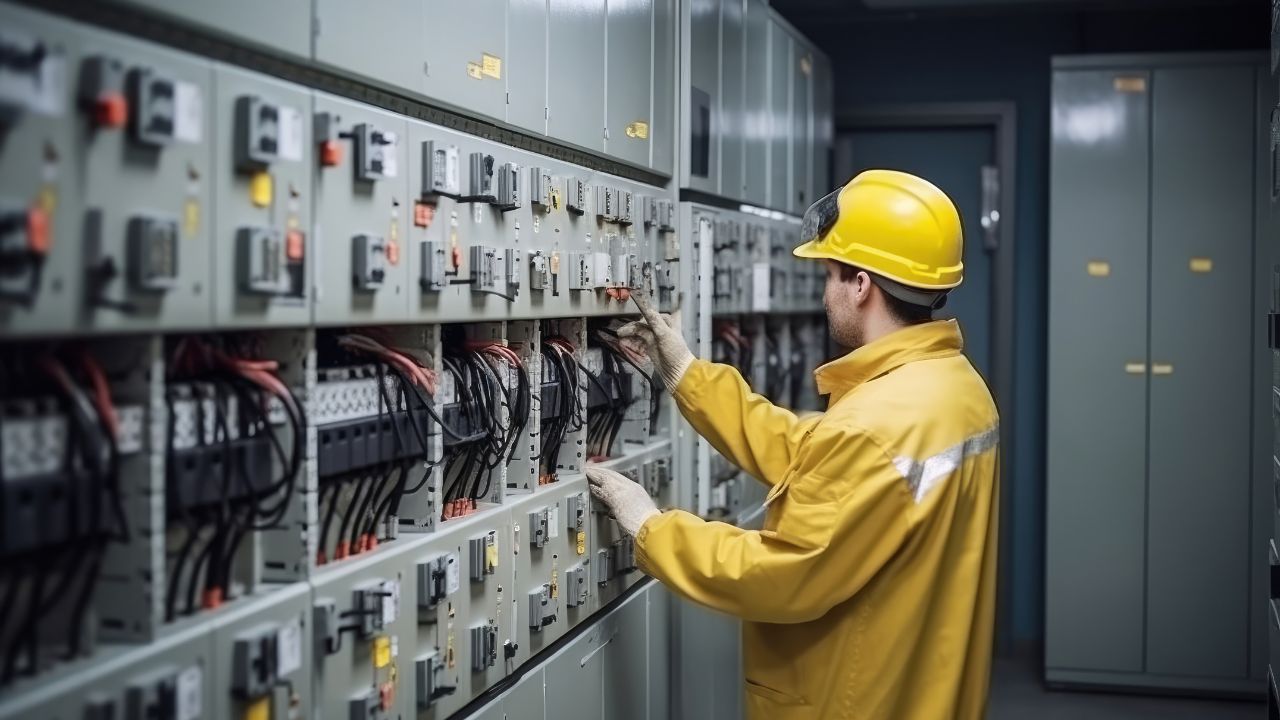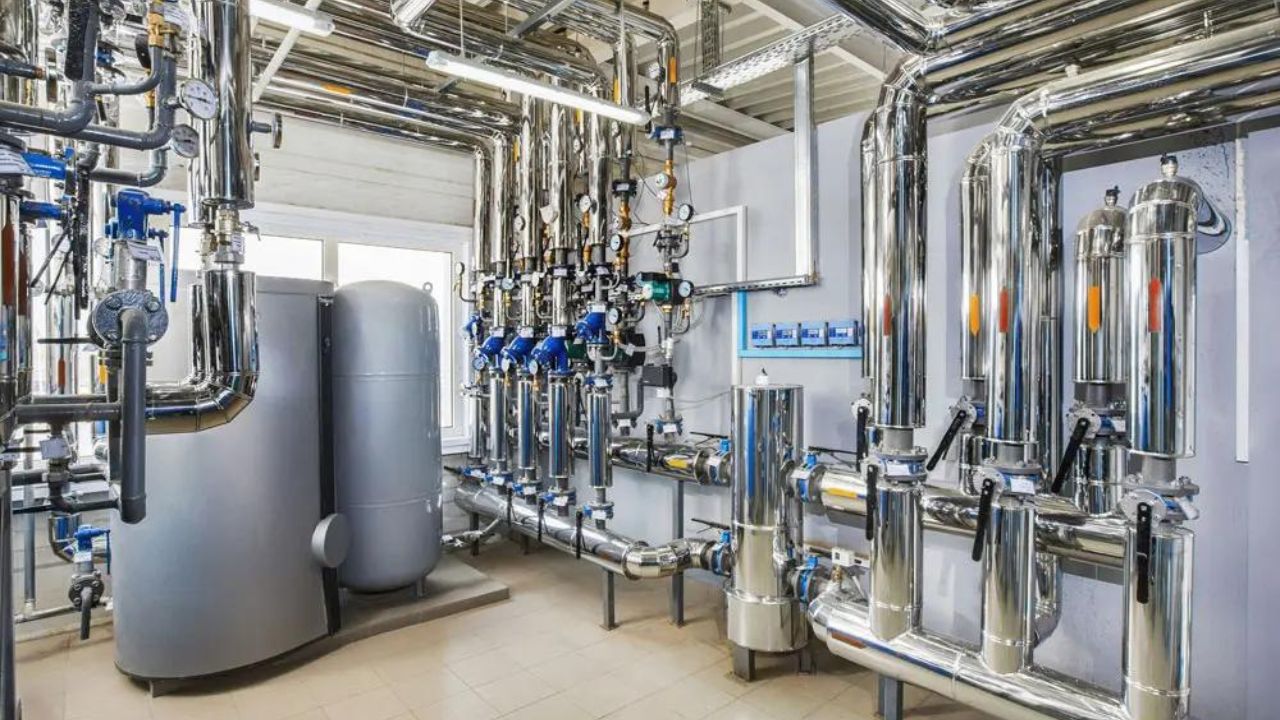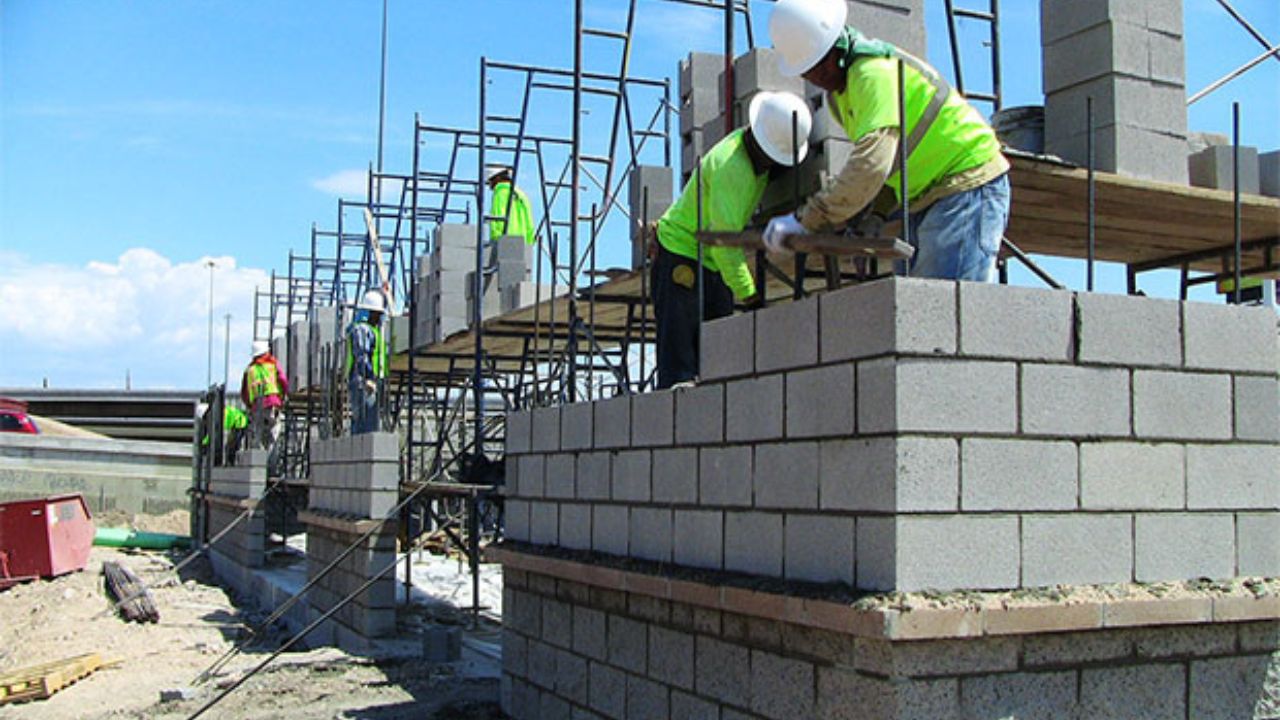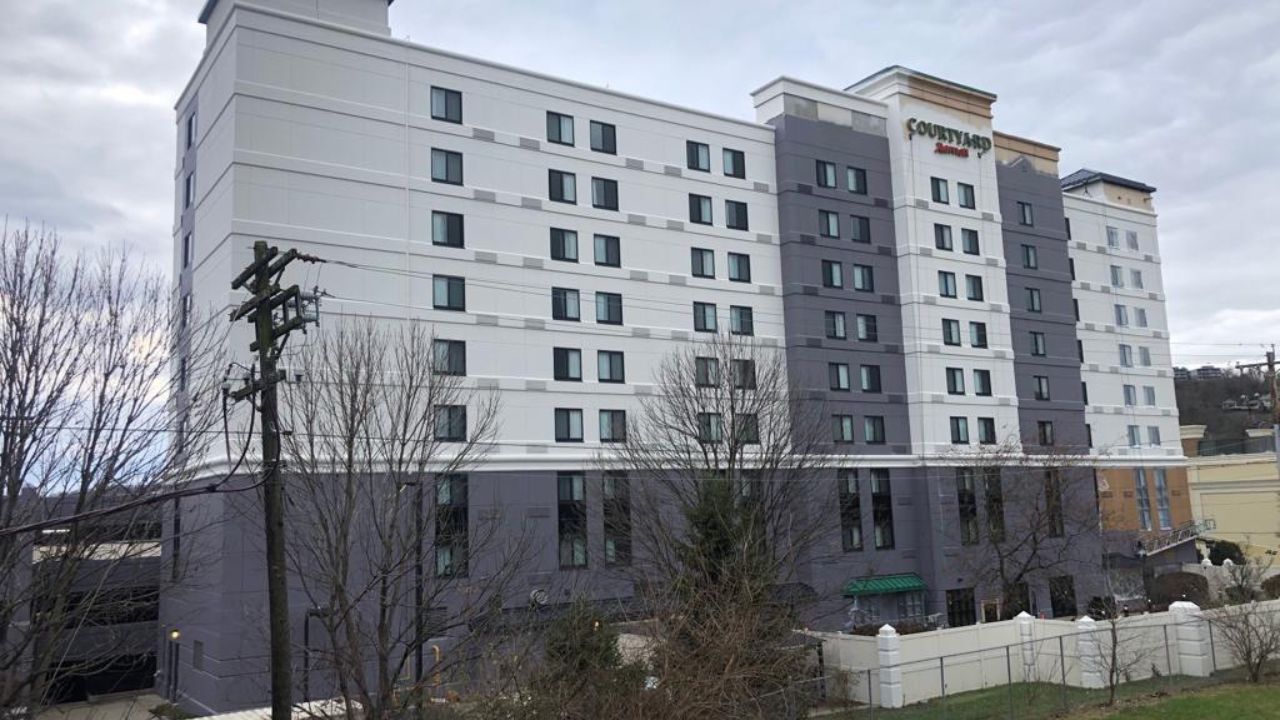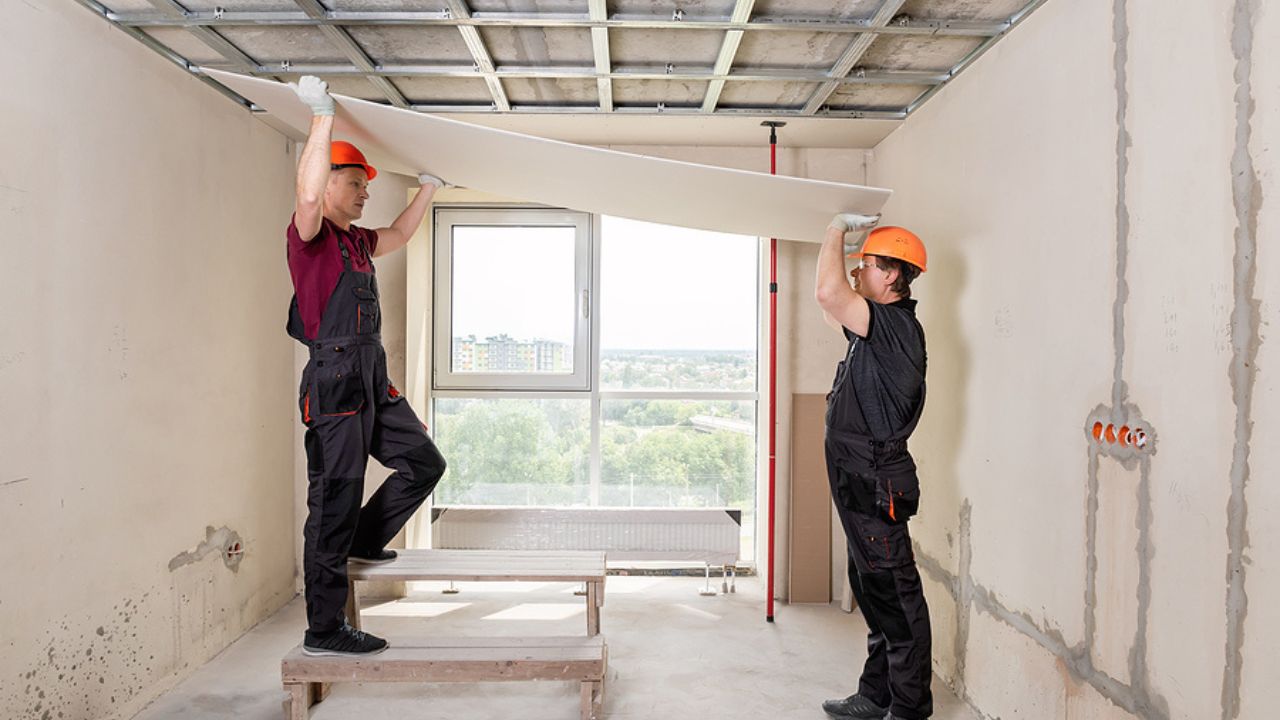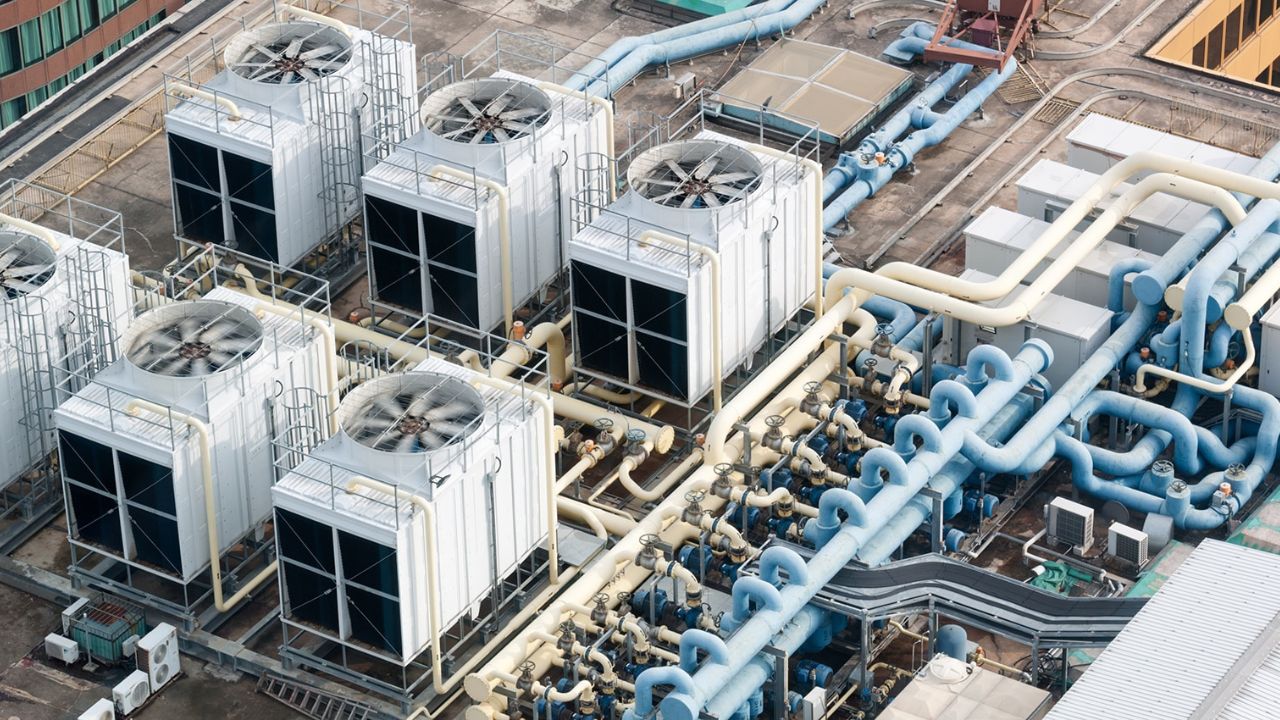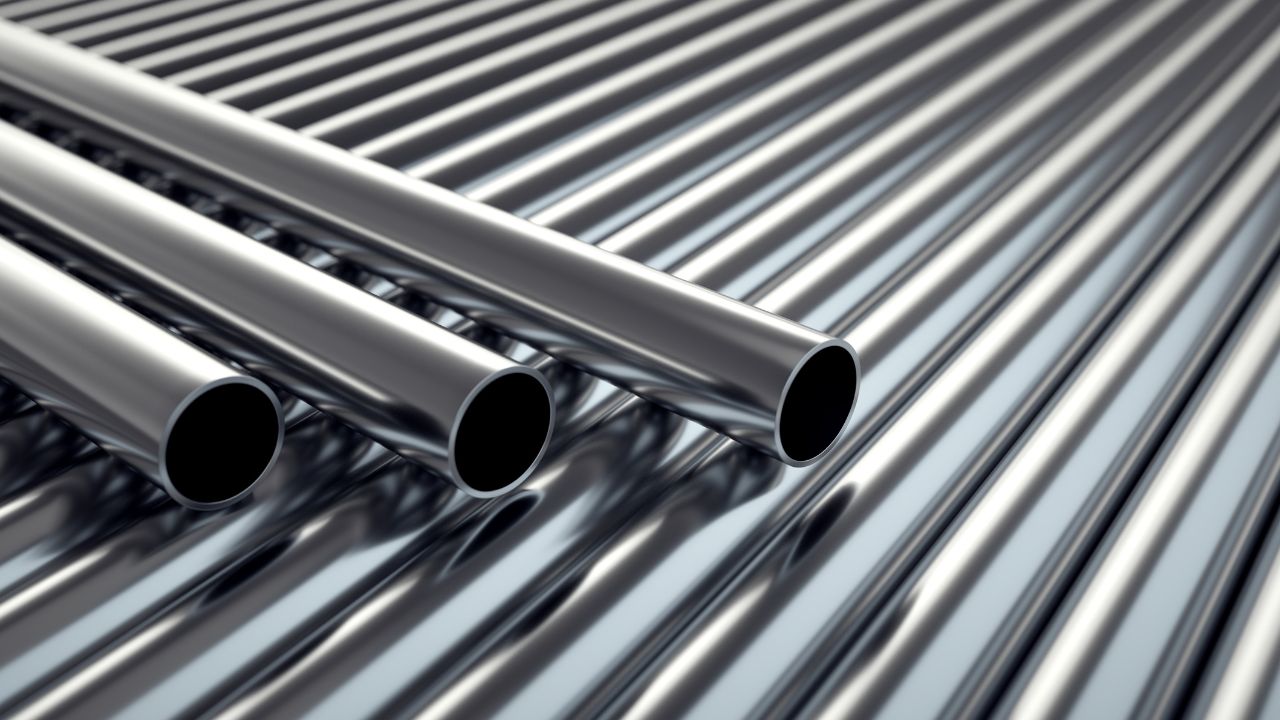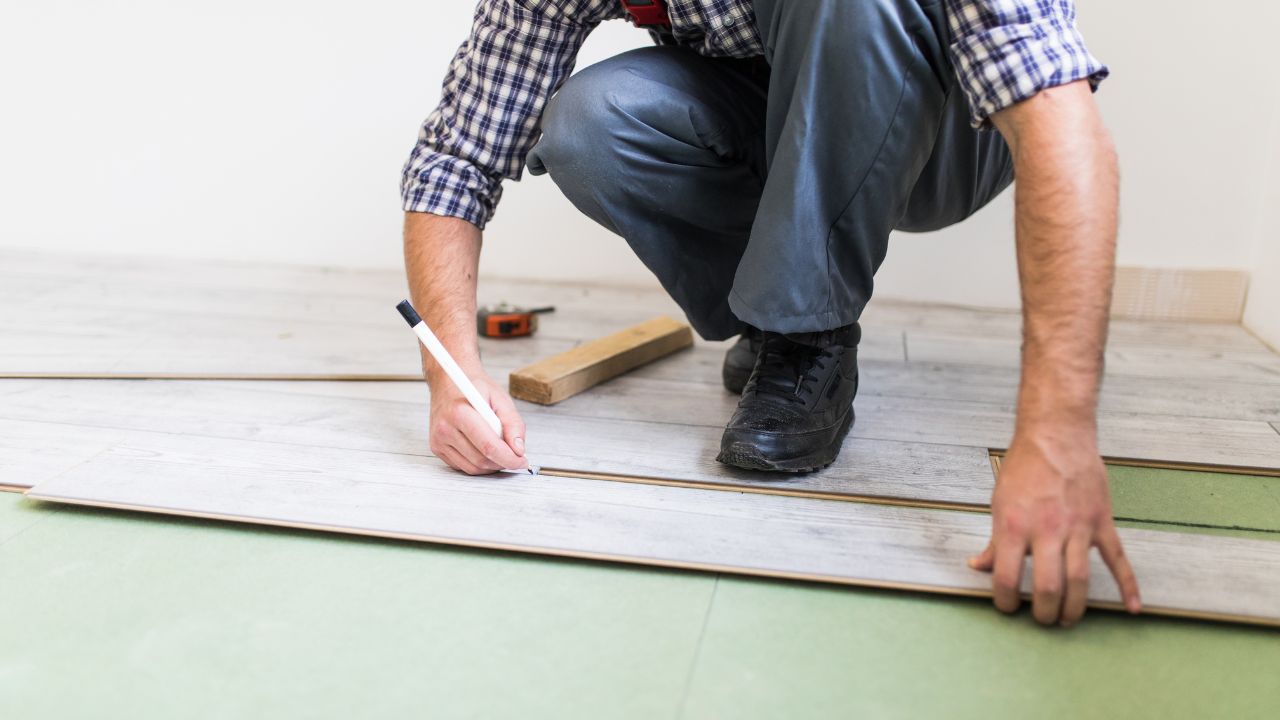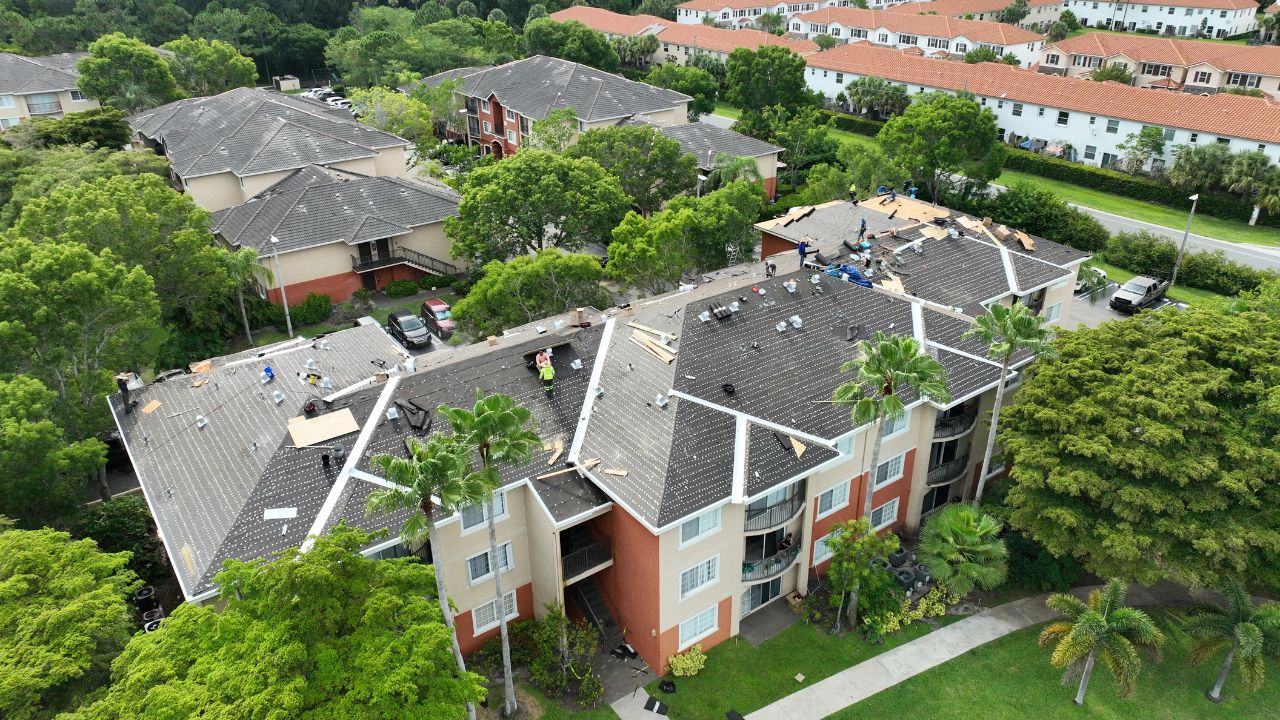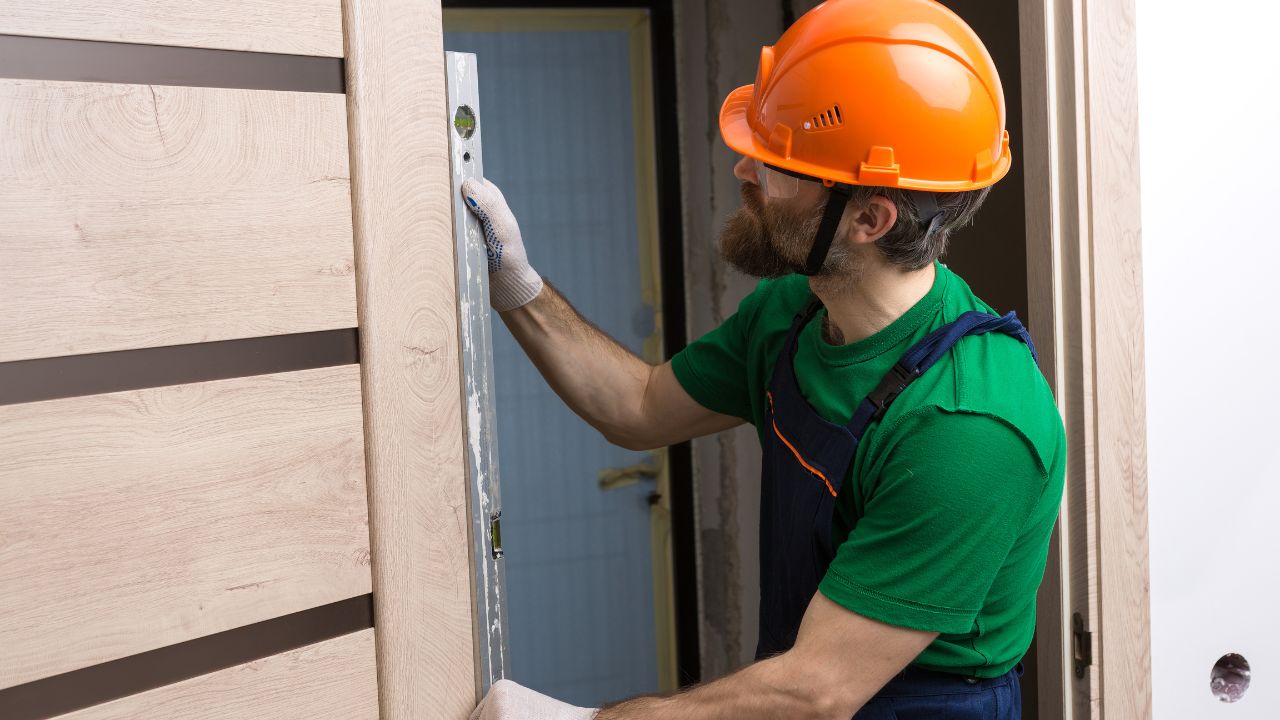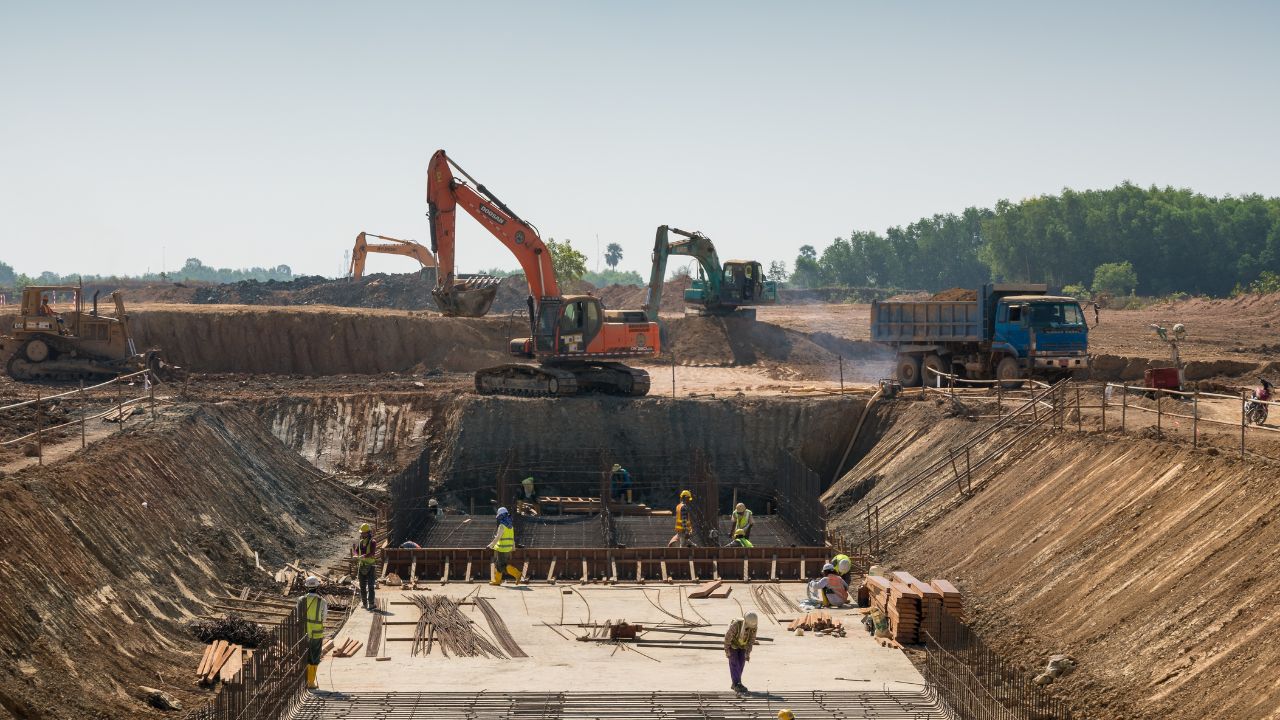- Homepage
- Flooring
Average Cost Of Flooring Removal and Installation
Leading provider of flooring estimating services
Installing new flooring in your home is an excellent investment that can significantly boost your home’s value and make your living space more beautiful and functional. While many people consider flooring installation a DIY project, it’s more complex than it appears. To ensure the job is done right and safely, it’s often best to hire a professional contractor or flooring company. When you factor in the costs, you might find it more practical to leave it to the experts.
On average, flooring installation costs range between $1,950 and $5,850, with a typical price of around $3,900 to cover a 500-square-foot area.
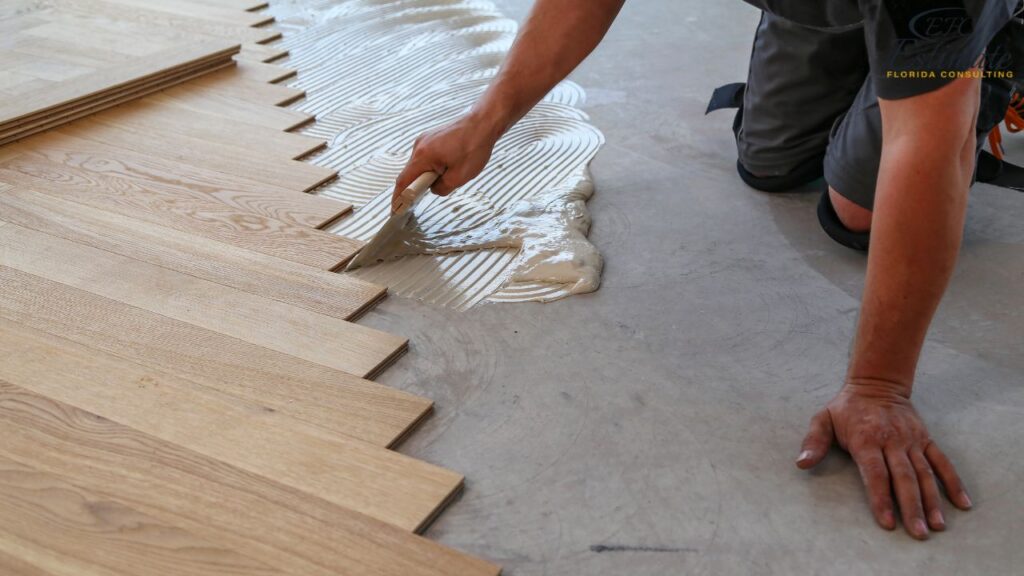
The actual cost of your project will depend on several factors, including your location, the type of flooring you choose, and the contractor you select. To plan your project, use a flooring cost estimator for detailed removal and installation breakdowns.
Flooring Installation Cost Per Square Foot
When it comes to flooring installation, the costs can vary widely depending on the material you choose. For instance, laminate flooring is one of the more affordable options, with prices starting at around $1.30 per square foot. On the other hand, if you’re leaning toward high-end materials, like premium brands of hardwood flooring, you could be looking at costs of over $13 per square foot. Hardwood remains one of the most expensive options to install, often exceeding $13 per square foot or more.
Tile is another versatile option, with prices beginning at around $2.60 per square foot. However, if you opt for luxury tile, the cost can rise significantly, sometimes reaching into the hundreds of dollars per square foot. Despite these potential costs, tile generally remains more affordable on average than hardwood, which is why it’s a popular alternative for those seeking the look of wood without the hefty price tag.
For those on a tighter budget, carpet can be a more economical choice. Basic indoor carpet can start as low as $0.85 per square foot, while premium options might run as high as $15.60 or more per square foot.
Cost by Flooring Type
When you’re planning to install new flooring, it’s essential to consider the look and feel you want for your home. The cost of your new floors will largely depend on the material you choose. High-end materials like hardwood, ceramic, porcelain, and stone tile tend to be more expensive, while more budget-friendly options include laminate, linoleum, and vinyl.
Hardwood
Hardwood flooring is a stunning choice that adds significant value and timeless beauty to your home. It’s an investment that pays off in both aesthetics and longevity, with the potential to last for decades. However, hardwood floors can be sensitive to water and humidity, though they can be treated with a finish to maintain their shine and durability over the years. Depending on the type of hardwood you select, the cost can range from $9 to $30 per square foot.
AVERAGE COST PER SQUARE FOOT TO INSTALL HARDWOOD FLOORING
Cost Type | Price |
Average Cost | $13 |
Highest Cost | $30 |
Lowest Cost | $9 |
Tile
Tile is a fantastic flooring option that can dramatically enhance the aesthetic of any room. Its ability to withstand heavy foot traffic makes it particularly suitable for high-use areas like kitchens, bathrooms, and entryways. Beyond its practical benefits, tile offers endless design possibilities, from sleek and modern to rustic and traditional. However, with this versatility comes a higher price tag. The cost of tile installation ranges from $7.80 to $26 per square foot, depending on the material and design. Porcelain and ceramic tiles, known for their durability and aesthetic appeal, are generally more expensive.
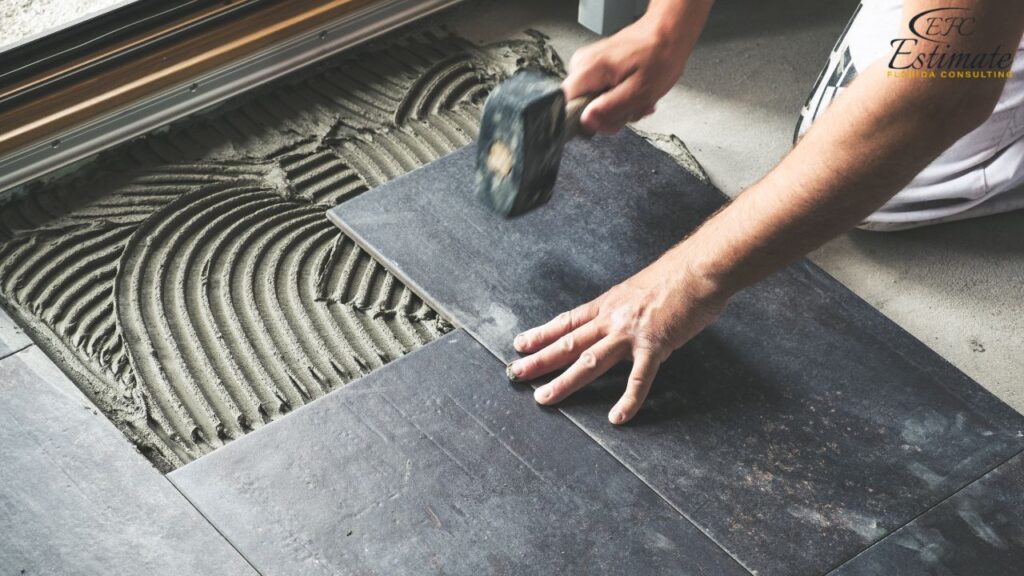
If you’re considering custom patterns or intricate designs, be prepared for even higher costs, but the investment can result in a truly unique and long-lasting floor.
Carpet
Carpet remains a popular flooring choice for its comfort and warmth, making it an inviting option for bedrooms and living rooms. It offers a soft underfoot experience and adds a cozy ambiance to any space. Carpet is also a practical choice for homes with children or elderly family members, as it provides a safer, cushioned surface. The cost of carpeting varies widely, typically ranging from $4.55 to $14.30 per square foot. If you’re on a budget, basic carpet options are available, but for those seeking luxury and durability, premium carpeting well worth the extra expense. With advancements in carpet technology, there are now many options that are stain-resistant, hypoallergenic, and easy to clean, ensuring that your carpet remains beautiful and functional for years to come.
Vinyl
Vinyl flooring is a versatile and budget-friendly option, particularly well-suited for areas like kitchens, bathrooms, and basements that experience high levels of moisture and traffic. Its resilience against water damage and easy maintenance make it a practical choice for busy households. Vinyl is available in a wide range of colors, patterns, and textures, allowing you to achieve the look of more expensive materials, such as hardwood or stone, at a fraction of the cost. On average, vinyl flooring costs between $3.90 and $9.10 per square foot, making it an affordable option that doesn’t skimp on style. However, it’s important to note that vinyl may wear out faster than other flooring types and could require repairs or replacement sooner, particularly in high-traffic areas.
Laminate
Laminate flooring is an excellent choice for homeowners looking to achieve the look of hardwood or stone without the associated cost. It’s known for its durability, making it ideal for families with pets or children. Laminate is also resistant to scratches and dents, which helps it maintain its appearance over time. One of the major advantages of laminate is its ease of installation, often featuring a click-and-lock system that simplifies the process. Cost-wise, laminate is a mid-range option, typically priced between $3.90 and $13 per square foot. Additionally, if the surface does get damaged, laminate can be refinished more easily than some other flooring types, ensuring that your floors look great for years.
Linoleum
Linoleum is a durable and eco-friendly flooring option that has been used in homes for decades. It’s made from natural materials, such as linseed oil, cork dust, and wood flour, making it a sustainable choice for environmentally-conscious homeowners. Linoleum is particularly well-suited for high-traffic areas like kitchens and mudrooms due to its hard-wearing nature and resistance to moisture. It’s also easy to clean, which makes it a low-maintenance option. The cost of linoleum flooring ranges from $3.90 to $9.10 per square foot, making it an affordable and practical choice for those looking for a balance between cost and durability. Additionally, linoleum comes in a variety of colors and patterns, allowing you to customize your space while enjoying the benefits of a green, long-lasting flooring solution.
Want to Start Your Project with the Best Contractors?
Let’s Take Your Projects to the Next Level.
& What's you will get:
- Connecting You to Top Local Contractors
- Professional Consulting, Contractors Near You
- From Expert Advice to Local Contractor Connections
Contact Now
Let's discuss with a cup of coffe
Bamboo
Bamboo flooring is an increasingly popular choice for those who prioritize sustainability without compromising on style or durability. As a rapidly renewable resource, bamboo is an eco-friendly alternative to traditional hardwoods. It offers a similar aesthetic appeal to hardwood but requires fewer resources to produce, making it a greener option. Bamboo is naturally pest-resistant and does not require chemical treatments, making it a healthier choice for your home. It’s also relatively easy to maintain, with minimal upkeep required to keep it looking its best. Bamboo flooring costs range from $6.50 to $19.50 per square foot, depending on the quality and finish. Despite the higher upfront cost compared to some other materials, bamboo flooring is a durable, long-lasting option that can be refinished multiple times, extending its lifespan and maintaining its beauty.
Cork
Cork flooring is a unique and eco-friendly option that offers a host of benefits, particularly for those who value sustainability and a healthy living environment. Cork is naturally antimicrobial and hypoallergenic, making it an excellent choice for households with children, pets, or allergy sufferers. It’s also a comfortable and quiet flooring option, as cork has a natural springiness that reduces noise and provides a soft, cushioned surface underfoot. Cork flooring typically costs between $6.50 and $15.60 per square foot, which is a reasonable investment for a material that offers so many advantages. In addition to its practical benefits, cork comes in a variety of finishes and patterns, allowing you to choose a look that complements your home’s style while reaping the benefits of a sustainable, low-maintenance floor.
Concrete
Polished concrete flooring is an increasingly popular option for both residential and commercial spaces, known for its durability, low maintenance, and modern aesthetic. It’s an affordable flooring solution, with costs ranging from $2.60 to $10.40 per square foot, making it accessible for a wide range of budgets. Concrete is incredibly resilient, capable of withstanding heavy foot traffic, and resistant to moisture and stains, which makes it ideal for high-traffic areas like garages, basements, and even living rooms in modern homes. Additionally, polished concrete can be customized with stains, dyes, or patterns, allowing you to create a unique look that suits your space. Although it may seem like a basic option, concrete flooring offers a sleek, industrial look that can be both stylish and practical, with minimal upkeep required to keep it looking sharp for decades.
Labor Cost for Floor Installation
When hiring a professional to install your flooring, you can expect labor costs to range from $0.78 to $5.20 per square foot. Keep in mind, this estimate is just for the installation itself and doesn’t cover the cost of materials or any additional tasks, such as removing old flooring or moving furniture before the work begins. The overall labor cost will also vary depending on the type of flooring you choose and the size and complexity of the space being worked on. For example, intricate patterns or high-end materials might require more time and expertise, driving up the cost. Additionally, if you’re installing flooring in multiple rooms, the labor cost will increase accordingly.

New Flooring Installation Cost Breakdown
The cost of installing new flooring can vary widely based on several factors. Are you planning to upgrade just one room or install new flooring throughout your entire home? Are you leaning towards a more budget-friendly option like vinyl, or are you ready to invest in premium hardwood flooring? Let’s break down the key cost factors you should consider.
Size
New flooring typically costs around $16.25 per square foot. Naturally, the larger the area you’re covering, the higher the overall installation cost will be.
Room Size (Feet) | Square Footage | Average Cost |
10×10 | 100 | $1,625 |
10×12 | 120 | $1,950 |
12×12 | 144 | $2,340 |
12×14 | 168 | $2,730 |
14×16 | 224 | $3,640 |
16×16 | 256 | $4,160 |
18×18 | 324 | $5,265 |
18×20 | 360 | $5,850 |
20×20 | 400 | $6,500 |
Flooring Type
The cost of your new flooring is largely influenced by the type of material you choose. Natural materials tend to be more expensive, while synthetic options are usually more budget-friendly. For example, hardwood flooring ranges from $7.80 to $32.50 per square foot, whereas linoleum flooring costs between $3.90 and $15.60 per square foot.
The best flooring material for your home will depend on several factors, including the room’s function, the amount of foot traffic, whether you have kids or pets, the local climate, and your personal style.
For instance, if you’re aiming for a chic and eco-friendly option, bamboo flooring could be a great choice—if it fits within your budget. On the other hand, if you’re a budget-conscious pet owner seeking something durable and practical, laminate flooring might be the way to go.
Type of Flooring | Average Cost per Square Foot |
Tile | $19.50 – $26 |
Hardwood | $7.80 – $32.50 |
Engineered Wood | $5.85 – $20.80 |
Stone | $7.80 – $26 |
Carpeting | $4.55 – $14.30 |
Laminate | $3.90 – $16.90 |
Vinyl | $2.60 – $18.20 |
Linoleum | $3.90 – $15.60 |
Polished Concrete | $2.60 – $20.80 |
Bamboo | $2.60 – $26 |
Cork | $6.50 – $24.70 |
Get High-Quality 3D Rendering Today!
Transform your space with stunning 3D rendering that blends style, comfort, and functionality.
We Specialize in Both Residential and Commercial 3D Rendering Projects.
- Luxury Villas
- Apartment Complexes
- Modular Kitchens
- Bathrooms
- Office Buildings
- Shopping Malls
- Hospitals
- Hotels & Resorts
Labor
Hiring a professional flooring installer typically costs between $0.78 and $5.20 per square foot. It’s important to remember that this rate is just for the labor and doesn’t include the cost of materials or any additional work, such as replacing subfloors, removing old flooring, or moving furniture before the job begins.
Moving Furniture
If you need help moving furniture before the flooring installation, the company may charge an additional fee, usually around $78 to $156 per hour. You can save money on your installation costs by moving furniture and other items out of the way before the project starts.
Removing Old Flooring
The cost to remove old flooring ranges from $1.95 to $4.55 per square foot, depending on the type of flooring and how it was installed. For example, removing tile can cost between $2.60 and $9.10 per square foot, while taking out carpet that is nailed or stapled to the floor typically costs around $1.30 to $1.95 per square foot.
Subflooring
Replacing subflooring can cost between $3.90 and $13 per square foot. Subfloors are essential for supporting your flooring, whether it’s carpet, tile, or hardwood. If your subfloors are damaged or weak, it’s crucial to repair or replace them before laying down new flooring.
Underlayment
If your flooring requires underlayment, expect to add an extra $0.65 to $7 per square foot to your installation costs. While not all floors need underlayment, it’s usually necessary for materials like carpet or laminate to provide additional cushioning and support.
Stairs
Installing flooring on stairs can range from $14.30 to $208 per step, depending on the type of flooring you choose. Carpet is typically on the lower end of the price range because it’s easier to install on stairs, while materials like hardwood, which require more complex installation, can cost up to $208 per step.
Mold Remediation
If mold is detected under your existing flooring, mold remediation is a critical step before installing new floors. The cost for mold removal services ranges from $13 to $32.50 per square foot. If your home has experienced a flood or leaky plumbing, addressing any mold or water damage is essential to ensure a safe living environment.
Finishes
Adding a finish to your flooring, such as polyurethane, urethane, or wax, can cost between $1.10 and $9.10 per square foot. Finishing your floors can help extend their lifespan and protect them from wear, especially in high-traffic areas like entryways and living rooms. Finishes are particularly beneficial for hardwood, natural stone, or concrete floors.
Add-Ons
When installing new floors, you might consider tackling additional projects to enhance the space. Here are the average costs for some common floor installation add-ons:
Add-On | Cost Range |
Baseboards | $1,040 – $2,925 |
Floor Paint | $1,300 – $2,600 |
Radiant Floor Heating | $2,210 – $7,800 |
Floor Joist Replacements | $5,200 – $15,600 |
Professional Floor Cleaning | $260 – $390 |
Hardwood Floor Refinishing | $1,430 – $3,380 |
Factors That Affect Flooring Costs
Several factors can influence the overall cost of installing new flooring, including the materials you choose, labor, underlayment, and more.
Materials
The type of material you select will be one of the most significant factors affecting your flooring installation costs. Whether you opt for contractor-grade laminate, basic carpeting, or high-end options like exotic hardwood or premium brand-name tiles, your choice of material will have a major impact on the price per square foot. Materials can vary widely in cost, so it’s essential to shop around and understand the pricing for each type.
To save money, consider looking for wholesale options or suppliers that offer competitive pricing on the flooring you desire. Here’s a general comparison of flooring material costs to help guide your decision:
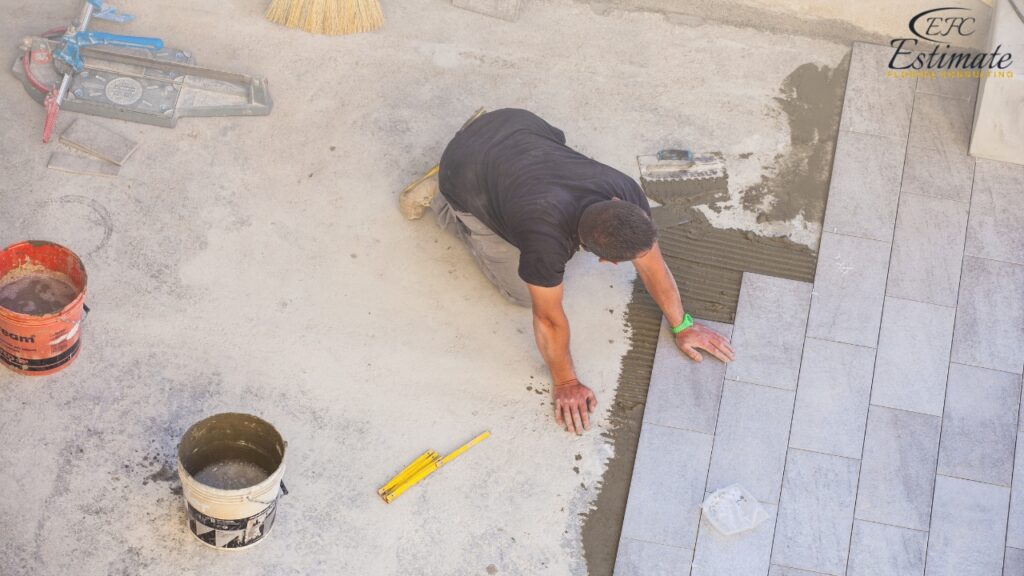
Material | Cost |
Laminate Hardwood | $0.88 – $3.37 |
Real Hardwood | $3.90 – $15.60 |
Tile | $1.30 – $3.90 |
Carpet | $2.60 – $6.50 |
Labor
Labor costs can significantly impact your overall flooring installation expenses, and these costs can vary depending on who you hire. For instance, a small business contractor who handles the job personally might charge differently than a contractor assigned to you by a large, big-box store. While larger stores often come with higher price tags, in some cases, a small-business contractor might charge more, especially depending on the complexity of the job and your location.
Here’s a general idea of what you can expect to pay for labor per square foot based on different types of flooring:
Flooring Type | Cost |
Laminate Hardwood | $1.30 – $2.60 |
Real Hardwood | $3.90 – $11.70 |
Tile | $7.80 – $10.40 |
Carpet | $1.30 – $3.90 |
Underlayment
Underlayment is an essential component of any flooring installation, regardless of the type of flooring you choose. It provides a foundation that enhances comfort, durability, and the overall lifespan of your floors. For carpet, padding is used beneath the surface to add extra cushioning, support, and spill absorption. You’ll find padding options at various price points, ranging from basic contractor-grade materials to premium padding and foam for added comfort.
For tile installation, underlayment is necessary to prevent cracking and ensure a level surface.
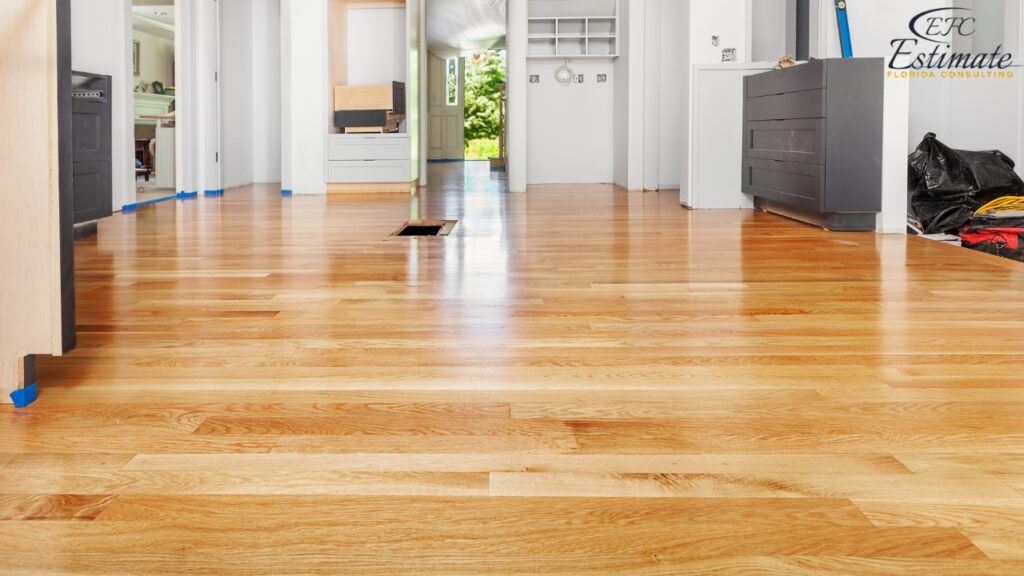
Hardwood flooring also requires underlayment to achieve a smooth finish and reduce noise from foot traffic. On average, the cost for underlayment materials like tile or hardwood is around $32.50 for a 500-square-foot area. Carpet padding typically ranges from $0.33 to $1.17 per square foot when purchased from big box stores.
Removal and Disposal of Existing Flooring
Before your new flooring can be installed, the old flooring needs to be removed and disposed of, which can add to the overall cost of the project. Some contractors include this service at no extra charge, while others may charge a fee or expect you to handle it yourself or hire another company. It’s important to clarify with your flooring contractor what costs you might incur for the removal and disposal of your existing flooring, so there are no surprises when it’s time to get started.
Additional Materials
In addition to underlayment, you’ll need to consider the cost of any extra materials required for your flooring project. This is especially important with hardwood flooring, where additional wood may be needed for stairs, quarter rounds, nose molding, trim, and other finishing pieces. If you’re ordering materials yourself, it’s wise to budget for 10% to 15% extra wood to cover any incidentals or mistakes. While it might seem cheaper to order materials on your own, a lack of expertise in selecting the right parts and calculating the correct amounts can lead to costly delays and complications in your project.
Get Acquainted with Flooring
Size of Flooring Needed
Flooring installation is often one of the most significant investments in home improvement. The size of the area being covered will directly influence your costs. For example, installing hardwood in a 2,000-square-foot space will be considerably more expensive than installing 200 square feet of tile in a bathroom. Larger projects not only require more materials but also more labor, which can drive up the overall cost. It’s crucial to factor in the size of the floor when planning your budget.
Function of the Area
When choosing flooring, it’s important to prioritize the function of the space first. The size, layout, and use of the room should guide your decision in selecting the most suitable flooring material. Durability, maintenance, and cost are key considerations. For instance, high-traffic areas like kitchens and entryways might benefit from more durable materials like tile or laminate, while a bedroom might be better suited for the comfort of carpet. Balancing the functional needs of the room with your budget and aesthetic preferences will help ensure you make the right choice for your home.
Flooring Cost Estimator
Based on the materials and labor costs we’ve discussed, the estimated cost to install flooring in a 500-square-foot living space would be:
Flooring Type | Estimated Cost |
Laminate Hardwood | $1,105 – $2,990 |
Real Hardwood | $3,900 – $13,650 |
Tile | $4,550 – $7,150 |
Carpet | $1,950 – $5,200 |
How Much Does It Cost to Install Floors Yourself?
Installing new flooring yourself can be a rewarding and cost-effective project, especially if you’re comfortable with DIY tasks. Many homeowners opt to take on the job themselves to save money. On average, the cost of materials when you do it yourself ranges from $0.65 to $19.50 per square foot. Keep in mind, this doesn’t include the time and effort you’ll spend on preparation and installation. Doing it yourself gives you full control over the process, allowing you to personalize every detail. Plus, there’s the added satisfaction of knowing you’ve improved your home with your own hands, all while keeping your budget in check.
When Do You Need a New Floor?
Your flooring is a key component of your home, so keeping it in good condition is crucial. There are a few telltale signs that it might be time for a new floor, such as when it looks outdated, shows signs of wear and tear, or starts making strange noises and emitting unpleasant odors. Let’s explore these in more detail.
Outdated Flooring
The condition and appearance of your flooring have a significant impact on the overall feel of your home. If your floors are looking worn out, showing their age, or just seem out of style, it might be time to consider replacing them. Updating your flooring isn’t just about making your home look better; it’s also about improving functionality and safety. New flooring can offer better durability and easier maintenance, ensuring that your home remains both beautiful and practical. Whether you’re aiming to refresh your home’s look or meet specific functional needs, upgrading your flooring is a great way to achieve these goals.
Unevenness & Cracks
Your floors are more than just a visual element—they’re a critical part of your home’s structure. If you notice uneven surfaces or cracks, it could be a sign of serious underlying issues that need immediate attention. These problems can pose safety risks and might indicate structural damage beneath the surface. Ignoring these signs can lead to accidents and even more costly repairs down the road. Addressing unevenness and cracks promptly is essential to maintaining a safe and secure home environment.
Noises and Smells
If your flooring starts making unusual noises or emitting strange smells, it’s time to take notice. Creaking or squeaking could mean that your subfloor is loose or damaged, while unpleasant odors might be a sign of water damage or mold. These issues often indicate hidden problems that need to be addressed sooner rather than later. In many cases, replacing the flooring is necessary to resolve these problems and ensure your home remains healthy and comfortable.
Benefits of New Flooring
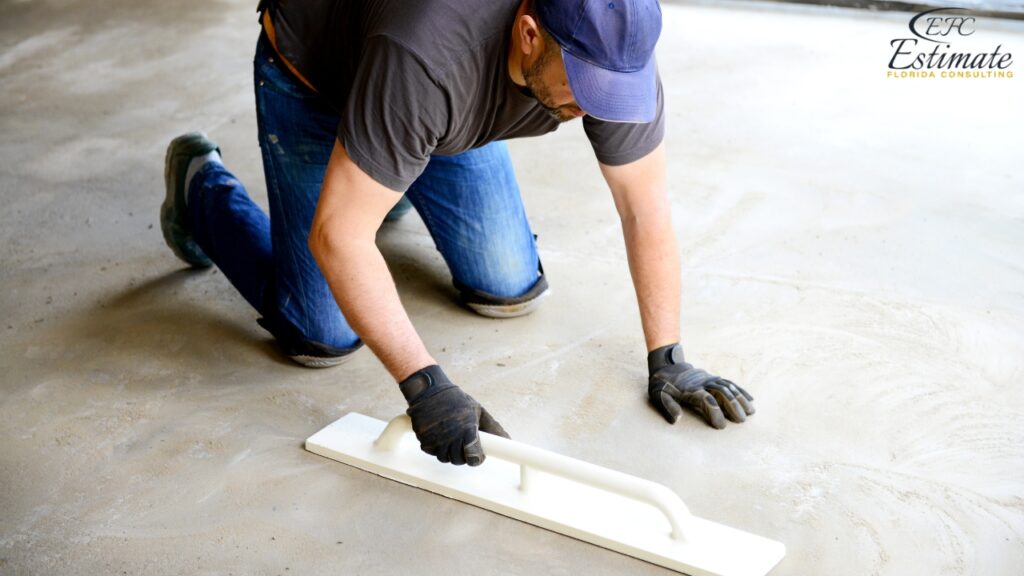
Installing new floors can transform your home, making it feel refreshed and revitalized. Over time, old floors can become stained, cracked, or worn, detracting from the overall look of your home. By updating your flooring, you can bring a fresh design and new life to your space. Here are some additional benefits of installing new flooring:
Increase in Home Value
New flooring is a smart investment that can significantly increase your home’s value. For example, installing hardwood floors is one of the best upgrades you can make. Hardwood is not only beautiful and timeless but also adds significant value to your property, making it more appealing to potential buyers.
Improved Looks
One of the easiest ways to give your home a makeover without a full renovation is by installing new flooring. New floors can instantly update the style of your home and allow you to choose materials that perfectly match your décor and design preferences.
Increased Durability
Whether indoors or outdoors, you want flooring that stands up to the demands of daily life. Modern flooring options like high-performance laminates, bamboo, hardwood, porcelain tile, and natural stone offer exceptional durability along with stunning beauty. These materials are built to last, ensuring you get the most out of your living spaces.
Challenges in Estimating Average Costs for Flooring Removal and Installation
When planning a flooring project, accurately estimating the average costs for removal and installation can be challenging due to various factors. Here’s a look at some common challenges and how they can affect your budget:
90% More Chances to Win Flooring Bids with
Our Estimate!
Variability in Material Costs
Fluctuations in Material Prices: Flooring materials can experience significant price fluctuations based on market trends, supply chain issues, and regional demand. This variability makes it difficult to pinpoint exact costs. Prices can vary from one supplier to another, and seasonal promotions or shortages can also impact costs. Ensuring you get up-to-date quotes from multiple sources helps in mitigating this challenge.
Regional Pricing Differences: The cost of flooring materials often varies by region due to differences in local supply and demand. Materials that are readily available in one area may be more expensive in another due to shipping costs or limited local availability. This regional disparity can complicate budgeting and requires careful research to obtain accurate pricing for your specific location.
Labor Cost Variations
on geographic location. Urban areas and regions with higher costs of living generally have higher labor rates compared to rural areas. This variation can make it challenging to estimate costs accurately, especially if you’re comparing quotes from different regions.
Skill Level and Experience: The expertise and experience of the labor force can also affect costs. Highly skilled or specialized installers may charge more for their services. The quality of installation is crucial for the longevity of the flooring, so balancing cost with expertise is important.
Unforeseen Subfloor Issues
Subfloor Condition Variability: The condition of the subfloor can significantly impact the overall cost of the project. Issues such as unevenness, water damage, or structural problems may require additional work or repairs before new flooring can be installed. These unforeseen issues can lead to increased costs that were not initially budgeted for.
Preparation Requirements: Proper subfloor preparation is essential for a successful flooring installation. Depending on the current state of the subfloor, additional costs may arise from leveling, reinforcing, or repairing it to ensure a suitable base for the new flooring.
Complexity of Flooring Removal
Removal Difficulty: The complexity of removing old flooring can vary depending on the type of material and how it was installed. For instance, removing glued-down vinyl or tile can be more labor-intensive and time-consuming compared to floating or interlocking floors. The difficulty of the removal process can impact labor costs and the overall project timeline.
Disposal Costs: Properly disposing of old flooring materials can incur additional fees. Costs for disposal or recycling can vary based on the type of material and local regulations, adding another layer of complexity to cost estimation.
DIY vs. Hiring a Professional Flooring Installer
When it comes to installing a new floor, deciding whether to tackle the project yourself or hire a professional is a big decision. Each option has its pros and cons, and your choice will depend on a variety of factors.
DIY Flooring Installation
Installing flooring yourself can be a budget-friendly option, especially if you’re looking to save on labor costs. This route is particularly appealing if you have prior experience and feel confident in your skills. Not only can you save money, but you’ll also gain a sense of accomplishment from completing the project on your own. Plus, doing it yourself allows you to work at your own pace, making it a flexible option for those with busy schedules.
However, DIY flooring installation isn’t without its challenges. Some flooring types are complex and might be beyond your skill level, requiring specialized tools and materials that you may not have. The time commitment can also be significant, which can be a drawback if you’re juggling other responsibilities. Additionally, since there’s no professional warranty on your work, you’ll be responsible for fixing any issues that arise after installation.
Hiring a Professional Flooring Installer
If you prioritize quality, efficiency, and peace of mind, hiring a professional flooring installer might be the better choice. Experienced professionals bring a wealth of knowledge and expertise to the table, ensuring that your flooring is installed to the highest industry standards. The convenience of hiring a pro is undeniable—saving you time and reducing the stress of managing the project yourself. While professional installation does come with added labor costs, which can increase the overall project price, the investment is typically worth it for the quality and assurance you receive.
How to Factor in Regional Variations in Costs?
Understanding and accounting for regional variations in costs is crucial for accurately budgeting a flooring project. Here’s a detailed look at how different factors can impact your overall expenses:
Labor Costs by Region
Labor costs for flooring removal and installation can fluctuate significantly based on geographical location. In urban areas or regions with a higher cost of living, you might encounter elevated labor rates due to increased demand for skilled workers and higher overhead costs for contractors. Cities with booming construction markets or those experiencing housing surges often see labor costs rise as a result of competitive bidding and higher wages. Conversely, in rural or less populated areas, labor costs may be lower, reflecting the generally lower cost of living and reduced competition among contractors.
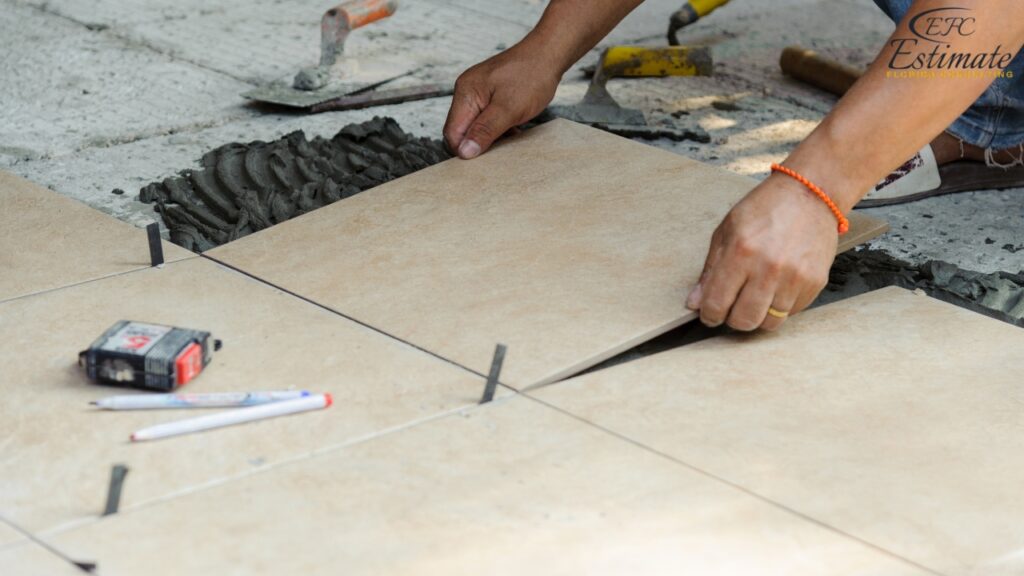
When planning your budget, it’s important to obtain multiple quotes from local contractors to get a realistic picture of labor costs specific to your region. This approach helps ensure that your budget aligns with local market conditions and avoids unexpected financial surprises.
Material Costs by Location
The cost of flooring materials can vary widely depending on regional supply and demand. Local availability of materials, transportation costs, and regional economic conditions all influence the pricing of flooring products. For instance, materials that are readily available in one region might be more expensive in another due to shipping costs or limited supply. Additionally, local preferences and market trends can affect material prices, with certain styles or types of flooring being more popular and thus more costly in specific areas. To get the most accurate estimate, it’s advisable to source local quotes for both materials and installation services. This not only helps you understand the prevailing market rates but also allows you to compare prices effectively and make informed decisions based on regional pricing.
Economic and Seasonal Factors
Economic conditions and seasonal demand play a significant role in influencing flooring costs. During periods of economic growth, construction activity tends to increase, leading to higher prices for both materials and labor due to increased demand. Conversely, during economic downturns, prices may stabilize or decrease as demand wanes. Seasonal factors also impact costs, with peak construction seasons often seeing higher prices due to increased demand for contractors and materials. For example, summer and early fall are typically busy times for construction projects, which can drive up prices. Additionally, supply chain disruptions or shortages of materials—often caused by global events or seasonal weather conditions—can lead to price hikes. Staying informed about these economic and seasonal trends can help you plan your project timing and budget more effectively.
3 Ways to Save on Flooring Installation Costs
Installing new flooring can be a significant investment, but you don’t have to empty your wallet to achieve stylish, updated floors in your home. Here are a few tips to help you save on flooring installation costs.
Remove Old Flooring Yourself
One way to cut costs on your flooring project is by handling some of the prep work yourself. Removing old carpet or other flooring on your own could save you up to $4.55 per square foot. However, proceed with caution—only remove the existing floors if you’re confident you can do it without damaging the subfloors, especially if you plan to keep them. Also, avoid removing old flooring if there’s a risk of mold or asbestos; in such cases, it’s best to leave it to the professionals.
Move Furniture Yourself
You can save money by moving furniture out of the room before the flooring installation crew arrives. Enlist the help of a friend or two to handle the heavy lifting, and you could avoid paying the extra fee for this service. However, be mindful of the risks involved with moving heavy or bulky items—if the job seems too challenging or dangerous, consider hiring local movers to safely relocate your furniture within your home.
Balance Price and Quality of Materials
While it’s tempting to go for the cheapest flooring options available, that might lead to needing flooring replacement sooner than you’d like. Instead, aim for a balance between cost and quality. You can save money by choosing good-quality but less expensive materials. Opt for more common flooring types instead of rare hardwoods or custom-made floor panels. This way, you get durable, attractive floors without overspending.
Factors That Affect Flooring Costs
Several factors can influence the overall cost of installing new flooring, including the materials you choose, labor, underlayment, and more.
Conclusion
The cost of flooring removal and installation varies widely depending on the materials used, labor costs, and the specifics of your project. While DIY installation might save money, hiring professionals ensures a high-quality finish, potentially avoiding costly mistakes. From luxurious hardwood to budget-friendly laminate, each flooring type offers unique benefits and price points. By carefully considering your needs, budget, and the pros and cons of DIY versus professional installation, you can make an informed decision that enhances your home’s value and functionality, all while keeping costs manageable.
FAQs
The average cost of installing new flooring in a 500-square-foot area ranges between $1,950 and $5,850. The typical cost is around $3,900, depending on factors such as location, flooring type, and contractor.
Flooring installation costs vary widely based on the material chosen. Laminate flooring starts at around $1.30 per square foot, while high-end options like premium hardwood can exceed $13 per square foot.
- Laminate: $3.90 – $13 per square foot
- Hardwood: $9 – $30 per square foot
- Tile: $7.80 – $26 per square foot
- Carpet: $4.55 – $14.30 per square foot
- Vinyl: $3.90 – $9.10 per square foot
- Bamboo: $6.50 – $19.50 per square foot
- Cork: $6.50 – $15.60 per square foot
- Concrete: $2.60 – $10.40 per square foot
Additional costs include underlayment, removal of old flooring, subflooring replacement, stair installation, and possible mold remediation. Labor costs, furniture moving, and additional materials like baseboards or finishes may also increase the overall project cost.
DIY flooring installation can be more budget-friendly, with material costs ranging from $0.65 to $19.50 per square foot. However, professional installation ensures quality and efficiency, often making it worth the additional cost.
Key factors include the type of flooring material, labor costs, room size, underlayment needs, and any additional services like mold remediation or moving furniture. The function of the area and the size of the flooring project also influence costs.
Removing old flooring can cost between $1.95 and $4.55 per square foot, depending on the type of flooring and installation method. For example, tile removal can cost between $2.60 and $9.10 per square foot.
New flooring can increase your home’s value, improve its aesthetic appeal, and enhance durability. Modern flooring options are designed to withstand daily wear and tear, offering long-lasting beauty and functionality.
To save on installation costs, consider removing old flooring and moving furniture yourself, and opt for a balance between cost and quality when selecting materials. This approach can help you achieve the look you want without overspending.
It may be time to replace your flooring if it looks outdated, shows signs of wear and tear, or starts making noises and emitting unpleasant odors. Replacing flooring can enhance your home’s safety, functionality, and appearance.
Comprehensive Trade-Specific Estimates
At Estimate Florida Consulting, we offer detailed cost estimates across all major trades, ensuring no part of your project is overlooked. From the foundation to the finishing touches, our trade-specific estimates provide you with a complete and accurate breakdown of costs for any type of construction project.
Our Simple Process to Get Your Estimate
Upload Plans
Submit your project plans, blueprints, or relevant documents through our online form or via email.
Receive Quotation
We’ll review your project details and send you a quote based on your scope and requirements.
Confirmation
Confirm the details and finalize any adjustments to ensure the estimate meets your project needs.
Get Estimate
Receive your detailed, trade-specific estimate within 1-2 business days, ready for your project execution.



Our Clients & Partners
We pride ourselves on building strong, lasting relationships with our clients and partners across the construction industry.
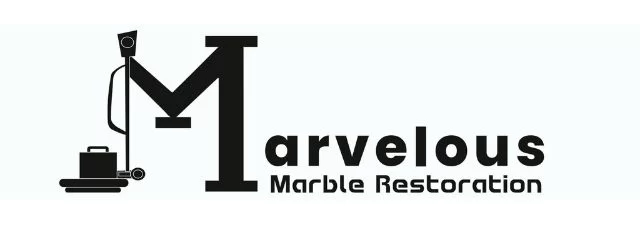

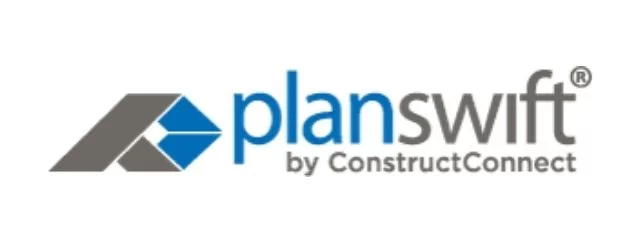
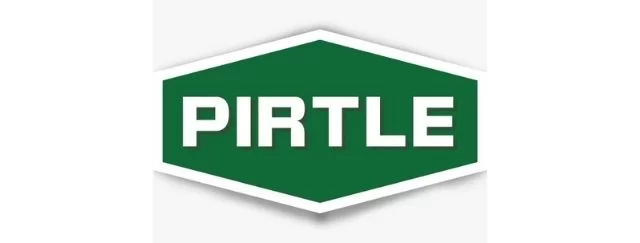

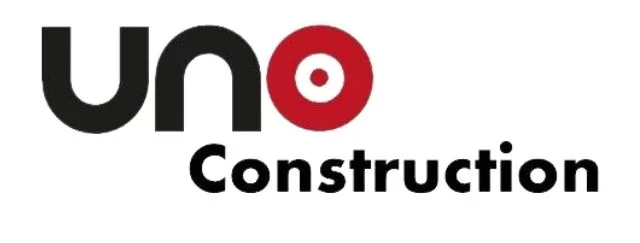
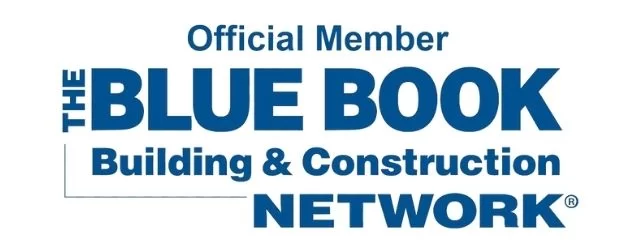
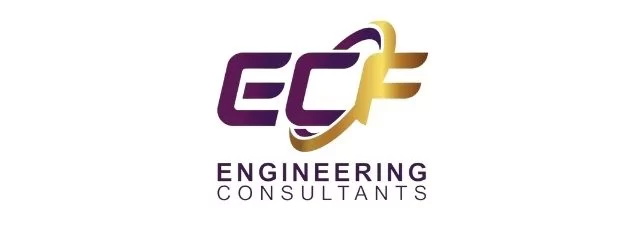



What Our Clients Say?
We take pride in delivering accurate, timely, and reliable estimates that help contractors and builders win more projects. Our clients consistently praise our attention to detail, fast turnaround times, and the positive impact our estimates have on their businesses.
Estimate Florida Consulting has helped us win more bids with their fast and accurate estimates. We trust them for every project!


